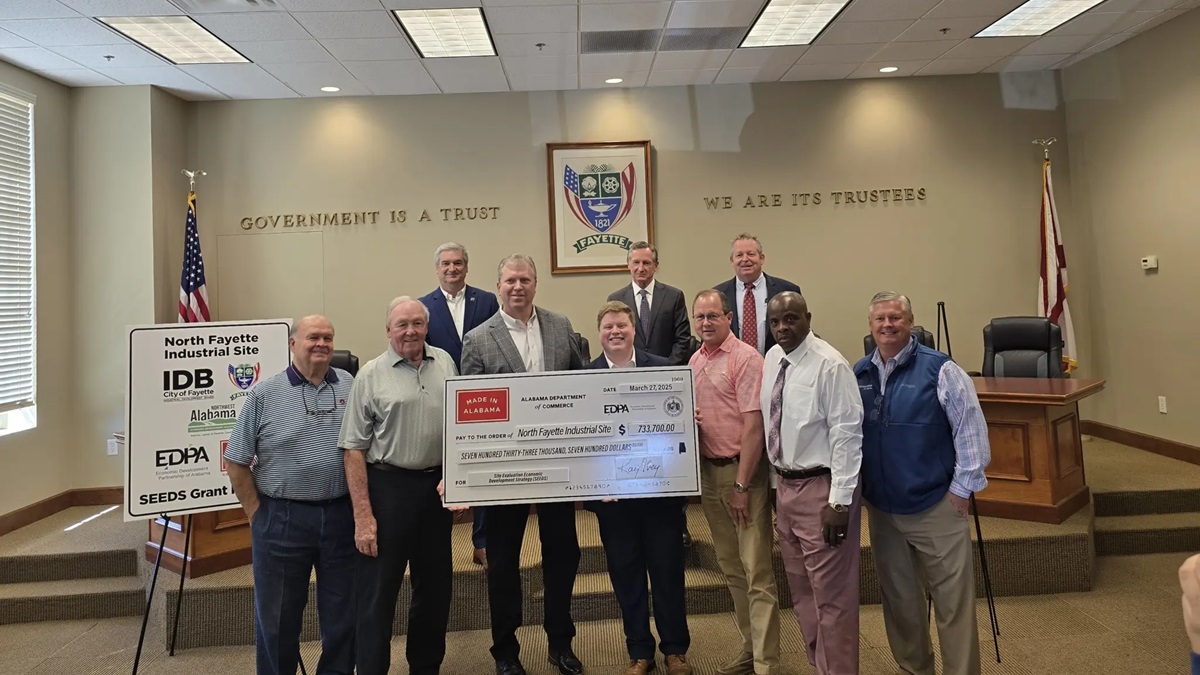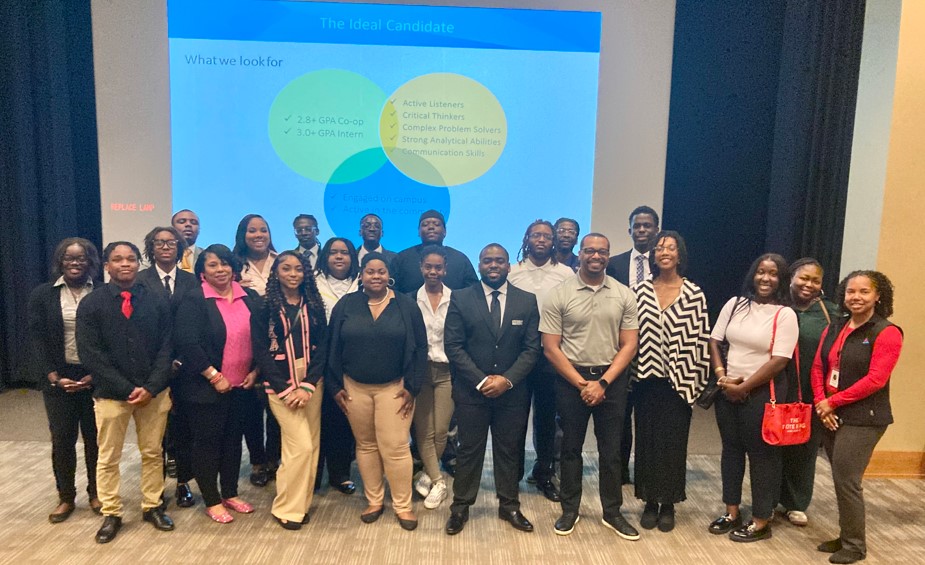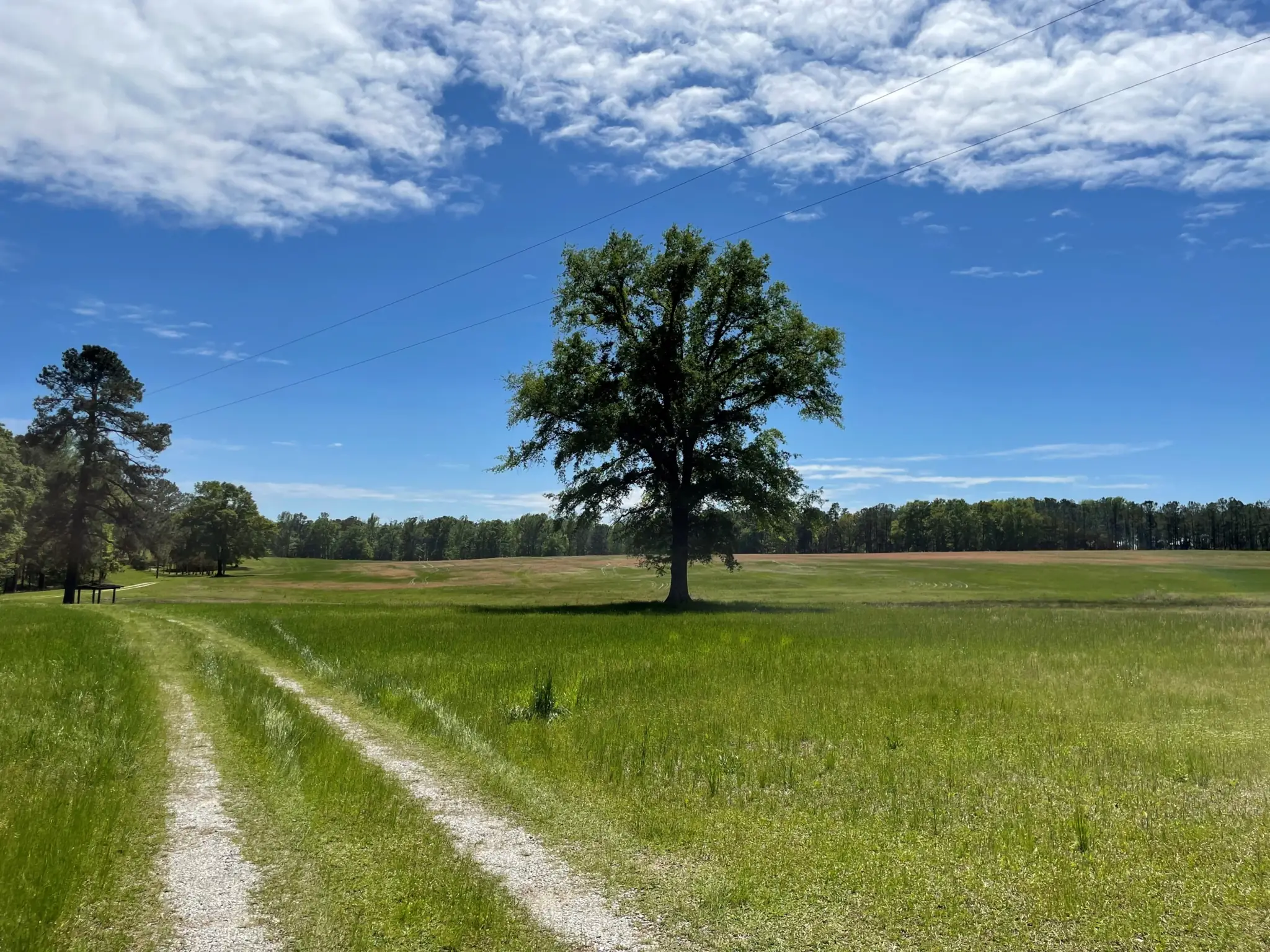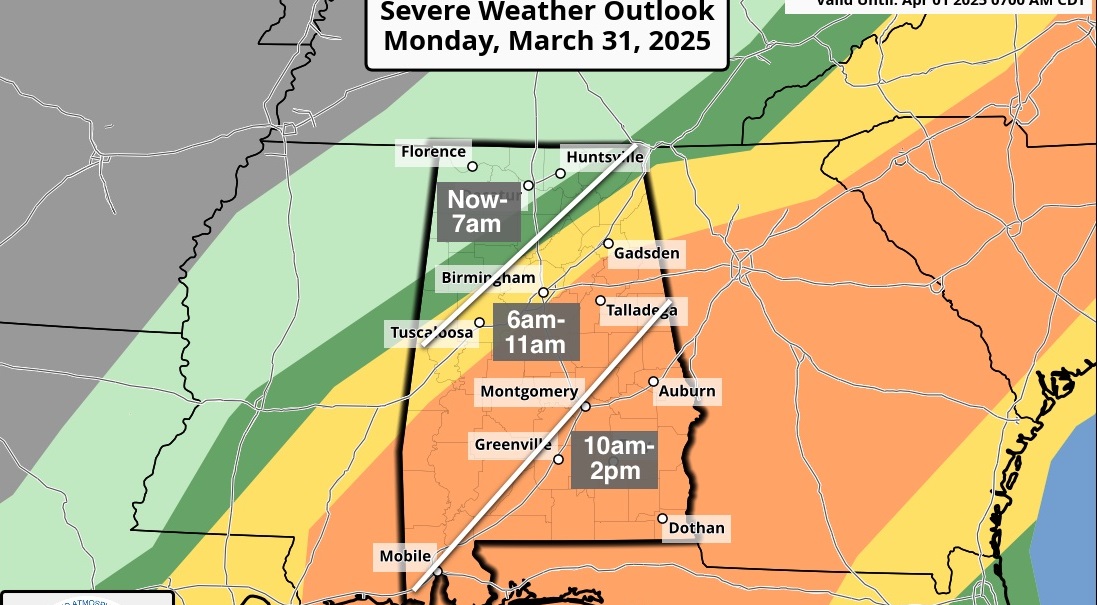Women important to solving Alabama’s workforce needs

A discussion on how women can help Alabama build a sustainable and inclusive workforce. (Dennis Washington / Alabama NewsCenter)
To find more qualified employees to fill Alabama’s growing workforce, the state must remove barriers preventing women from applying.
That theme was the focus of a panel discussion Friday in Birmingham hosted by The Women’s Fund of Greater Birmingham. President and CEO Melanie Bridgeforth shared results of a new research report, “Clearing the Path: Building a Sustainable and Inclusive Workforce for Alabama,” which highlights how women can solve Alabama’s looming workforce challenges.
“If we are to build a world-class economy in our region and our state, unleashing the potential of women is paramount,” Bridgeforth said.
Clearing the path for women in Alabama’s workforce from Alabama NewsCenter on Vimeo.
According to the Alabama Workforce Council, the state must add as many as 500,000 highly skilled employees by 2025 to fill existing needs and compete for new industry. Alabama Commerce Secretary Greg Canfield told the audience their participation and support is key to filling the gap.
“We have the opportunity to create a paradigm in Alabama between employer and employees based on human capital development and the transferability and portability of skills,” Canfield said. “What’s more important is we can help Alabamians, challenged with barriers that have prevented them from entering into the workforce, to have those barriers broken down.”
One of those barriers is child care. Faye Nelson, deputy commissioner for Family Resources at the Alabama Department of Human Resources, said many mothers need nontraditional child care options so they can apply for higher-skilled jobs that do not fit inside of a traditional 7 a.m. to 6 p.m. child care schedule.
“We don’t have the typical 8-to-5 job anymore,” Nelson said. “If we are going to achieve the governor’s goal of a half-million employees within the next six years, the state has to address the needs of child care in our state, and we can’t do it alone. It’s going to take collaboration from everybody in this room.”
State Rep. Debbie Wood told the audience to communicate their needs with lawmakers, most of whom are men who may not fully understand the importance of wraparound services such as transportation, child care and success coaching.
“A lot of those men in the Legislature — some of them have child care problems but most of them don’t,” Wood said. “They’ve never really experienced the problems we’re asking them to solve, and so one of the things that needs to happen is that women in the Legislature and women that have a voice with legislators, help them experience these problems so that they can have an agreement with us that we need to solve these problems.”
Economic success brings challenges
Alabama’s unemployment rate is 3.7%, down from 11.8% in January 2012, resulting in a record high number of Alabamians employed. Despite this good news, the state’s rate of labor force participation (people age 16-64 currently employed or currently looking for employment) is 58%, almost five percentage points lower than the national average. Bridgeforth says simply raising Alabama’s labor force participation to the national average could add more than 80,000 women to the state workforce with an estimated $1.6 billion in wages.
“Simply put, investing in women makes dollars and it makes sense,” Bridgeforth said.

The Women’s Fund of Greater Birmingham hosted a discussion at The Club on Friday, May 10, 2019, to discuss how women can help build a sustainable and inclusive workforce in Alabama. (Dennis Washington / Alabama NewsCenter)
One of those investments is the Collaboration Institute, a two-generation model developed by The Women’s Fund that connects low-income women with children to high, in-demand job training. Canfield said the program’s success has caught the attention of his colleagues.
“This program is an initiative that could lend itself to become scalable on a statewide basis, and you should be proud of that,” Canfield said.
Canfield also praised Gov. Kay Ivey’s ‘Strong Start, Strong Finish‘ initiative, which integrates education, workforce development and those programs that support them into a seamless educational journey for all Alabamians.
“We must execute well, and we can’t do it alone,” Canfield said.
Susan Kennedy, Public Policy and Governmental Relations manager for the Alabama Education Association, echoed those beliefs.
“We’re learning that career paths need to start earlier,” Kennedy said. “When children graduate from high school, they don’t need to just have a GED or a high school diploma, they need to have some credentials. They need to have something where they can walk into an employer and go, ‘Guess what I can already do.'”
Myla Calhoun, president of Alabama Power Foundation, said much of her work includes bringing industry leaders into this conversation.
“Very quickly and very early on it was clear that when educators spoke, when public officials spoke or people really engaged in workforce training, the language wasn’t really the same,” Calhoun said. “We didn’t have a common platform for communicating what we needed and what they were delivering.”
What happens next?
All of the speakers said communication and teamwork are important to building a sustainable and inclusive workforce.
“Alabama stands at a turning point,” Bridgeforth said. “This profound understanding that philanthropy, while necessary, is not sufficient, is the catalyst for our refreshed strategic plan and direction.”
“If you have big dreams, I think you have big opportunities to scale this,” Canfield added. “All of us believe that this is a watershed moment for the state.”
Calhoun said the state and its industry leaders are partnering with national nonprofit leaders to bring in their thought leadership and their resources to help improve collaboration and success.
“Let’s not get weary,” Calhoun said. “This is long-term work that will take courage and conviction and it will take the efforts of all of us.”





